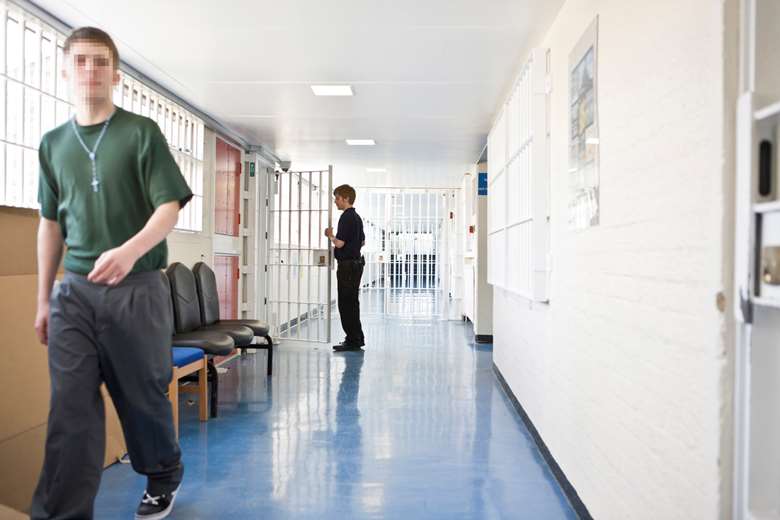Young people report 'struggling to breathe' during custody restraints
Neil Puffett
Wednesday, November 18, 2015
Young people have been left struggling to breathe as a result of being restrained by officers in youth custody units, a report has revealed.

A study by the Prisons Inspectorate into the use of restraint in the youth secure estate highlighted a number of concerns about the way it is used despite the introduction of a new system called Minimising and Managing Physical Restraint (MMPR) which focuses on de-escalation and safer techniques.
The new system was introduced following an independent review in 2009, prompted by the death of two boys in separate restraint incidents, one of whom, 15-year-old Gareth Myatt, died after he became unconscious during a restraint in a secure training centre.
Today’s report said children frequently reported to inspectors that they struggled to breathe during a restraint.
"There was a part when I was on the floor and I couldn’t breathe, I couldn’t talk because the staff were constricting my windpipe – I don’t know whether they had an arm or a leg on me but I couldn’t talk to tell them to stop it,’ one boy told inspectors.
Another child said: “I couldn’t breathe. It felt like someone had their hands around my throat. I was telling staff that I couldn’t breathe but they weren’t listening. I didn’t pass out on this occasion but I have passed out in the past.”
Inspectors also raised concerns that in almost half of MMPR incidents reviewed by inspectors, children ended up on the floor, despite the new system not allowing staff to take children to the floor intentionally during a restraint because of the medical risks it poses.
And they found that pain-inducing techniques, which should only be used as a last resort, are "used frequently” in young offender institutions.
However, despite concerns, chief inspector of prisons Nick Hardwick, said the new system of managing physical restraint in youth custody, which is yet to be fully rolled out across the entire youth secure estate, is an improvement on what went before.
Nick Hardwick, chief inspector of prisons, said: “The combination of delay, resource pressures, a more complex population and concerns about overall performance mean that the new MMPR system is not yet being consistently implemented or achieving the intended outcomes.
“However, at this stage, I welcome the significant improvements MMPR has brought to the national oversight of restraint and the greater focus on communication and de-escalation as part of a wider approach to behaviour management”.
The Howard League for Penal Reform said the report’s findings chime with complaints made by children who call the charity’s legal helpline to seek advice.
It said that in the last six months, the Howard League’s legal team has received reports of children being slapped, having their hair pulled and being removed from their beds and restrained while not fully clothed.
Some children have reported being restrained in areas that are not covered by CCTV cameras or body-worn cameras.
Andrew Neilson, director of campaigns at the Howard League for Penal Reform, said: “It is now more than a decade since the tragic deaths of Adam Rickwood and Gareth Myatt in custody and countless official meetings and documents and plans have attempted to address the use of force on children behind bars.
“Let us be clear: inflicting violence on troubled children in prison is the sign of a system that is failing those children. The fact that pain-inducing techniques are still frequently used in attempts to manage behaviour is a damning indictment of youth justice in this country.
“The current youth justice review commissioned by Michael Gove could not come at a better time. We can do much, much better for these children.”
Figures published in January show that young people are increasingly likely to be subjected to restraint in youth custody.
Although there were 5,714 incidents of restraint in 2013/14 – a drop of 12 per cent compared with 6,481 in 2012/13 – the number of restraints per 100 young people actually increased from 23.8 in 2012/13 to 28.4 in 2013/14.




